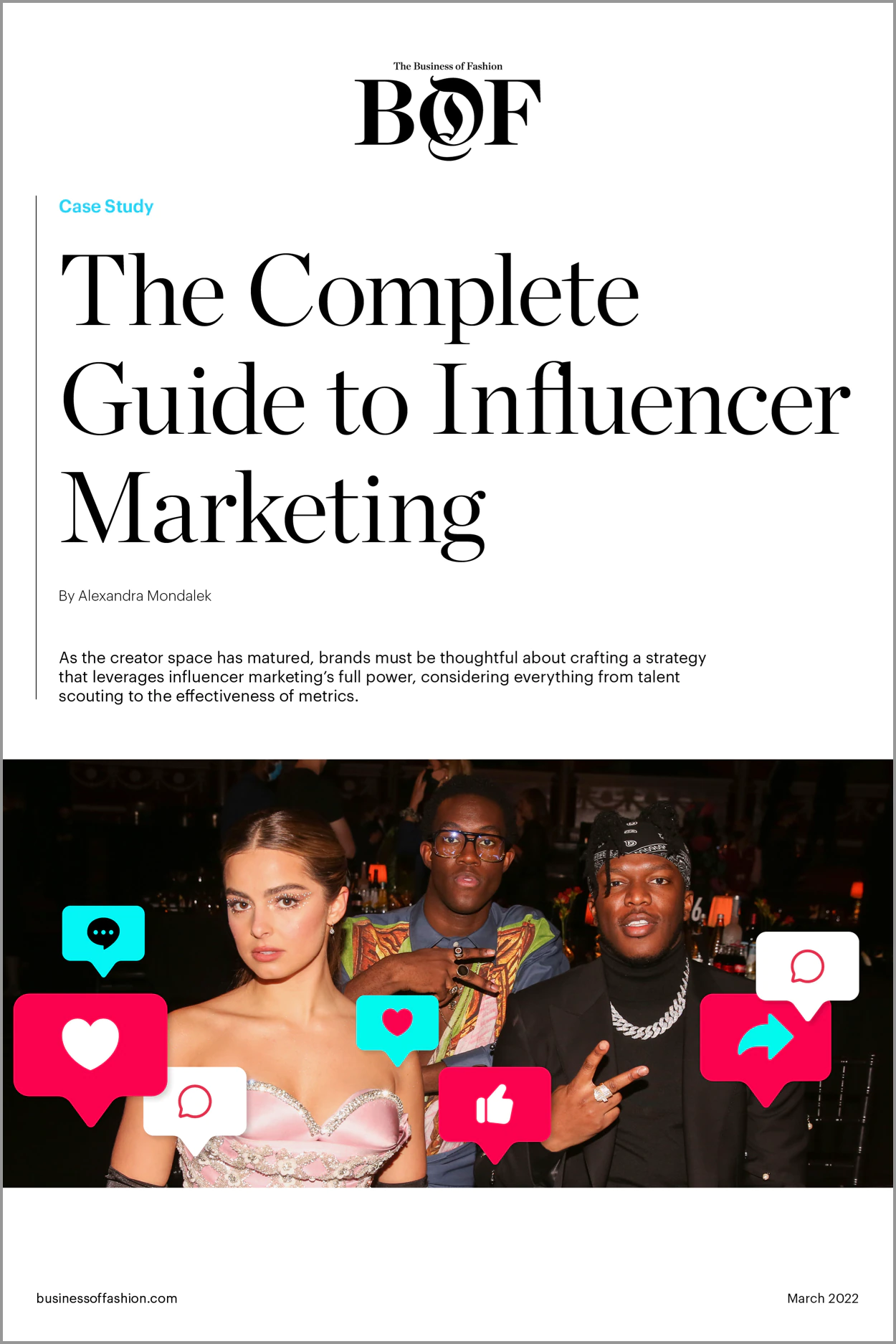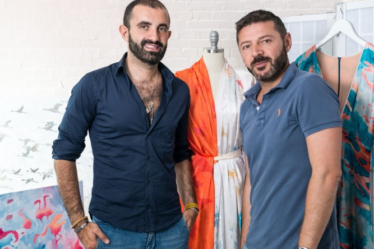
More than a decade after the launch of Instagram, influencer marketing has evolved from a cottage industry into a global juggernaut. In a sense, fashion and beauty brands are just beginning to understand how best to use creators to sell their products. Spending on influencer marketing is expected to top $4 billion in 2022 in the US alone, according to eMarketer. The explosive growth of this market isn’t without its growing pains, which include costlier endeavours and moving goalposts.
The question is no longer about whether a brand should get into influencer marketing. Rather, it’s how to most effectively reach their target audience with influencer marketing.
As the space has matured, some challenges, such as finding the right influencers to pair with the right brand, have receded. Others, such as inaccurate performance metrics, have stubbornly persisted. At the same time, the landscape has changed dramatically, with a constantly shifting array of talent and the rise of TikTok as arguably the first true challenger to Instagram for fashion’s marketing dollars. Meanwhile, changes to privacy regulations and norms will impact marketers’ ability to track consumers effectively.
This case study seeks to educate readers on topics ranging from platform usage, talent scouting and relationship building, contract negotiations, content strategy, campaign execution and measurement. The guidance focuses on influencer marketing in the US and Europe, as well as in China, where differing cultural norms impact the way talent and brands work together. BoF spoke with experts from influencer marketing agencies, talent firms, fashion and beauty brands, creators and platforms to understand the challenges they are facing and how they are innovating for the future.
Click below to read the case study now.



